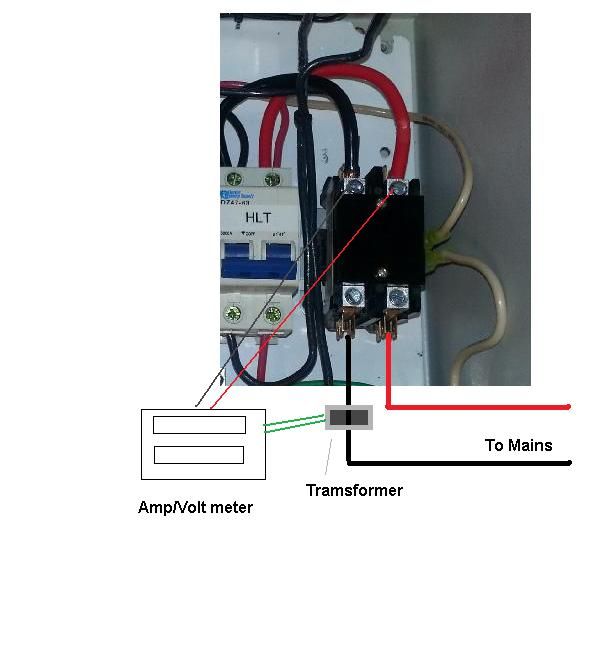so I want to put one of these on my CP
this description states it doesn't need any power additional. However, I'm using Kal's step by step instructions and he runs DC power supplies to power his (note his are separate ammeter and voltmeter)
how does this not need power?
this description states it doesn't need any power additional. However, I'm using Kal's step by step instructions and he runs DC power supplies to power his (note his are separate ammeter and voltmeter)
how does this not need power?
Last edited by a moderator:



